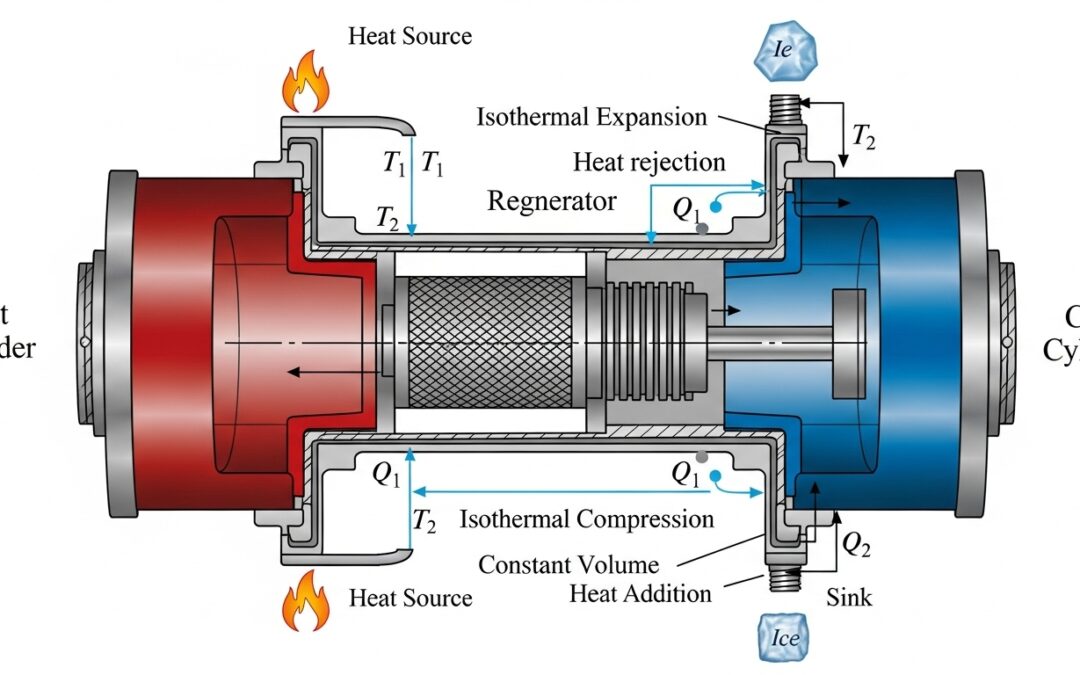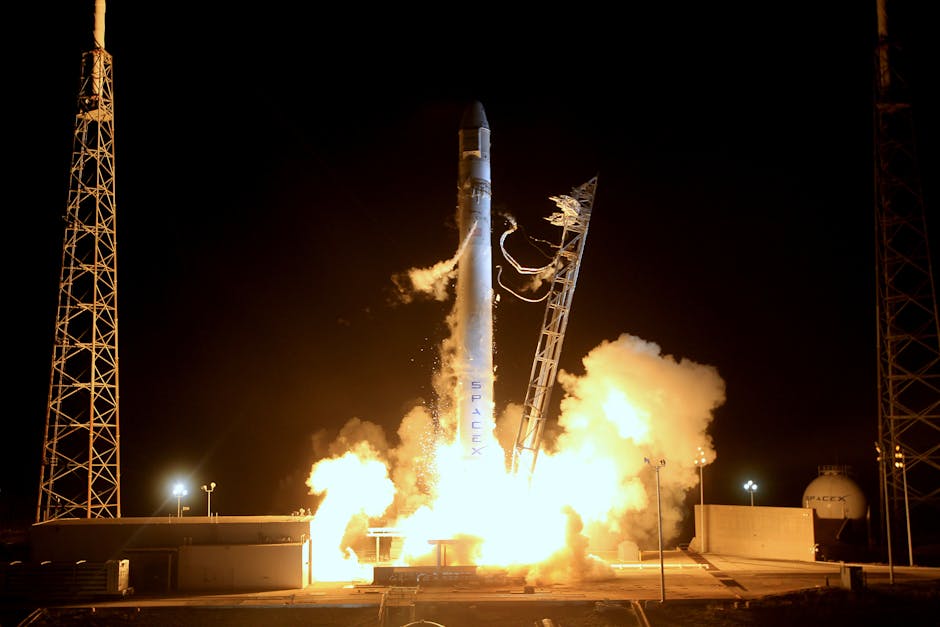ISRO’s 100th Launch marks a pivotal moment in India’s space program. This momentous occasion, the successful deployment of the NVS-02 satellite via the GSLV-F15 rocket, showcases India’s growing prowess in space technology. It’s a testament to years of dedicated research and development, highlighting the nation’s commitment to technological self-reliance and its ambition on the global stage. Furthermore, ISRO’s 100th Launch underscores the significant economic benefits derived from these endeavors, extending far beyond national borders.
Table of Contents
Consequently, this achievement isn’t just about launching a satellite; it’s about inspiring a generation. The flawless execution of ISRO’s 100th Launch, witnessed by countless students, underscores the inspirational power of scientific achievement. These young minds, the future of India’s technological advancement, represent the long-term impact of ISRO’s work. In short, ISRO’s 100th Launch is a powerful symbol of India’s progress and its bright future in space exploration.
We also Published
A Nation’s Ascent: ISRO’s Centennial Launch and the NavIC Constellation
The Indian Space Research Organisation (ISRO), a beacon of scientific prowess, has etched another milestone into the annals of space exploration. Their 100th launch, a momentous occasion celebrated with fervent enthusiasm across the nation, propelled the GSLV-F15 rocket carrying the NVS-02 satellite into the vast expanse of space. This achievement underscores India’s burgeoning capabilities in space technology, solidifying its position as a global leader in satellite deployment. The successful deployment of NVS-02, the fifth in a series of seven NavIC satellites, represents a significant step towards enhancing the accuracy and reliability of India’s indigenous navigation system. This ambitious undertaking, a testament to years of dedicated research and development, showcases the nation’s commitment to technological self-reliance and its ambition to contribute significantly to the global space community. The intricate engineering involved in designing, building, and launching such sophisticated machinery is a feat of human ingenuity, a testament to the tireless efforts of countless scientists, engineers, and technicians who have dedicated their lives to pushing the boundaries of human knowledge and exploration. The economic benefits derived from ISRO’s endeavors extend far beyond national borders, with numerous international clients relying on India’s expertise for their satellite launch requirements. This economic contribution further underscores the significance of ISRO’s work in fostering technological progress and global cooperation.
The launch of GSLV-F15, the 17th flight of India’s Geosynchronous Satellite Launch Vehicle and its 11th utilizing an indigenous cryogenic stage, was a spectacle of engineering precision. The flawless performance of the 3.4-meter diameter metallic payload fairing, a critical component ensuring the satellite’s safe journey, showcased the meticulous attention to detail that characterizes ISRO’s operations. The event was witnessed by a multitude of students, their faces alight with wonder and inspiration, highlighting the profound impact of ISRO’s achievements on the nation’s youth. These young minds, the future architects of India’s technological advancement, were visibly moved by the sheer magnitude of the event, their enthusiasm a testament to the inspirational power of scientific endeavor. Their presence underscores the importance of fostering scientific curiosity and promoting STEM education among the younger generation, ensuring the continuation of India’s remarkable journey in space exploration. The economic implications of this technological advancement are profound, promising to propel India to new heights of prosperity and global influence.
Elevating Navigation: The NavIC System and its Global Reach
The successful deployment of NVS-02 into geostationary orbit at 36,000 kilometers marks a significant enhancement to India’s Regional Navigation Satellite System (IRNSS), now upgraded from four to five operational satellites. NavIC, or Navigation with Indian Constellation, is a testament to India’s commitment to technological independence, providing precise Position, Velocity, and Timing (PVT) services within India and extending approximately 1500 kilometers beyond its borders. This independent navigation system offers both Standard Positioning Service (SPS) and Restricted Service (RS), with SPS providing remarkable accuracy within 20 meters for positioning and 40 nanoseconds for timing. The system’s accuracy is crucial for a wide range of applications, from precise agriculture and transportation management to disaster relief and national security. The expansion of the NavIC constellation to seven satellites will further enhance its coverage and reliability, ensuring seamless navigation services across a vast geographical area. The development of NavIC represents a significant leap forward in India’s technological capabilities, demonstrating its prowess in designing, building, and deploying complex satellite systems. This achievement not only strengthens India’s strategic position but also underscores its commitment to providing reliable and accurate navigation services to its citizens and the wider region.
The intricate workings of the NavIC system involve sophisticated satellite technology and signal processing techniques. Each satellite in the constellation is equipped with atomic clocks for precise timekeeping, ensuring the accuracy of positioning data. The signals transmitted by these satellites are received by ground-based receivers, which then use complex algorithms to calculate the user’s position, velocity, and time. The accuracy of the system is further enhanced by the use of differential GPS techniques, which correct for errors caused by atmospheric effects. The development of NavIC has involved the collaborative efforts of numerous scientists, engineers, and technicians, showcasing the power of collective expertise in achieving ambitious technological goals. The system’s impact extends beyond navigation, offering potential applications in various fields, including surveying, mapping, and precision agriculture. The continued development and refinement of NavIC will undoubtedly play a crucial role in India’s economic growth and technological advancement, solidifying its position as a leader in space technology and navigation systems.
A Legacy of Innovation: ISRO’s Enduring Contribution to Science and Technology
ISRO’s 100th launch is not merely a numerical milestone; it is a testament to decades of unwavering dedication, relentless innovation, and a steadfast commitment to scientific excellence. The organization’s journey, marked by numerous triumphs and occasional setbacks, has consistently pushed the boundaries of human knowledge and technological capabilities. From its humble beginnings to its current status as a global leader in space exploration, ISRO’s story is one of perseverance, ingenuity, and a profound belief in the transformative power of science and technology. The organization’s contributions extend far beyond satellite launches, encompassing a wide range of scientific endeavors that have significantly impacted various sectors of Indian society. ISRO’s commitment to fostering scientific literacy and promoting STEM education among the younger generation ensures the continuation of its legacy of innovation for generations to come. The organization’s achievements serve as an inspiration to aspiring scientists and engineers across the globe, demonstrating the potential of human ingenuity to overcome seemingly insurmountable challenges.
Looking ahead, ISRO’s ambitious plans for future space missions promise even greater advancements in space technology and exploration. The organization’s commitment to human spaceflight, lunar exploration, and interplanetary missions underscores its unwavering ambition to contribute significantly to the global space community. ISRO’s collaborative efforts with international space agencies further enhance its global reach and influence, fostering scientific cooperation and knowledge sharing. The organization’s continued success will not only benefit India but also contribute significantly to the advancement of human knowledge and understanding of the universe. The legacy of ISRO’s achievements will undoubtedly inspire future generations of scientists and engineers, motivating them to pursue their dreams and contribute to the advancement of science and technology for the betterment of humanity. The organization’s unwavering commitment to excellence and its dedication to pushing the boundaries of human knowledge ensure that its journey into the cosmos will continue to be a source of inspiration and pride for generations to come.
We also Published
RESOURCES
- ISRO successfully launches NVS-02 satellite; creates history with the …
- ISRO’s 100th mission: GSLV-F15 lifts off successfully from …
- 100th launch: A significant milestone for India
- ISRO’s 100th launch LIVE video: Watch India launch GSLV-F15 with NVS-02
- ISRO Achieves Milestone With 100th Launch
- ISRO marks 100th mission with successful launch
- Isro’s 100th rocket launch successful
- ISRO launches 100th landmark mission
- “A View Like No Other”: ISRO Shares Onboard Footage Of 100th Rocket Launch
- ISRO marks 100th launch; GSLV-F15 succeeds at placing NVS-02




0 Comments